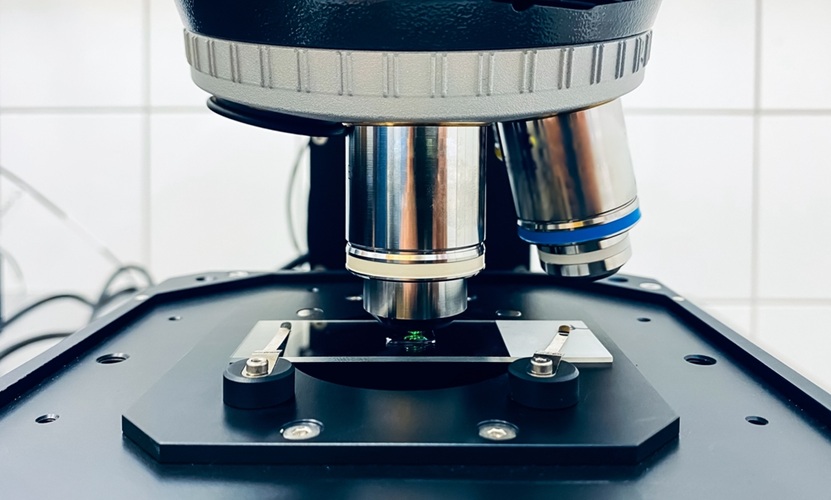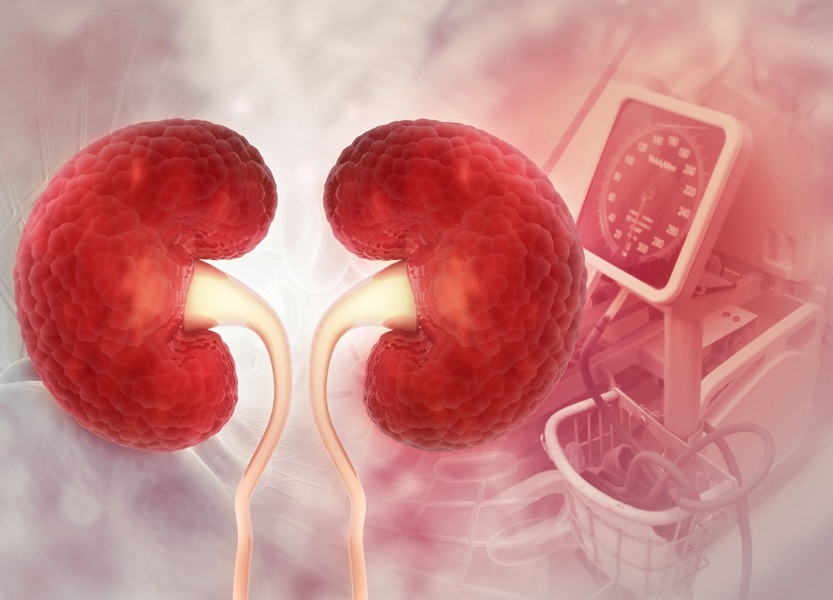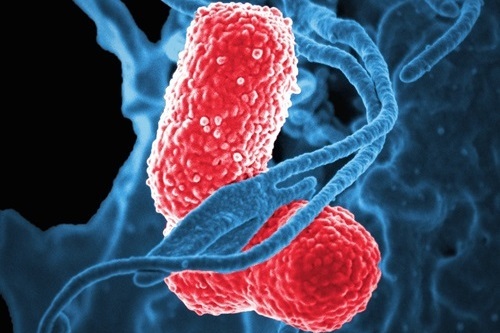Molecular and Cytogenetic Characterization of Myelodysplastic Syndromes in Cell-Free DNA
|
By LabMedica International staff writers Posted on 04 Mar 2022 |
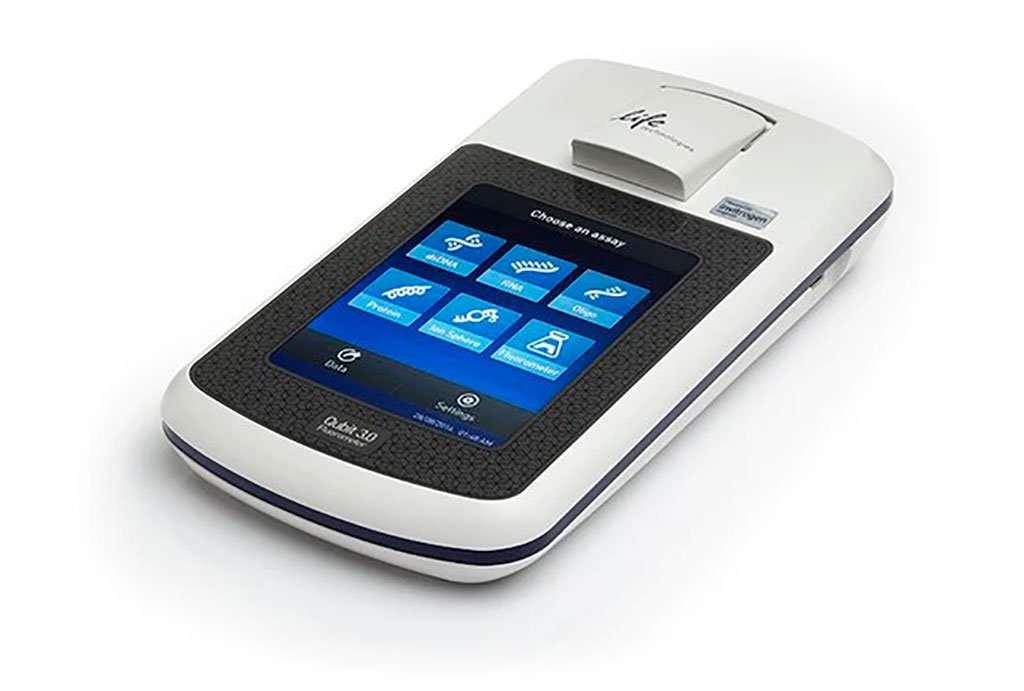
Molecular and cytogenetic studies are essential in patients with myelodysplastic syndromes (MDS) for diagnosis and prognosis. Cell-free DNA (cfDNA) analysis has been reported as a reliable non-invasive approach for detecting molecular abnormalities in MDS, however, there is limited information about cytogenetic alterations and monitoring in cfDNA.
Myelodysplastic syndromes (MDS) are hematopoietic stem cell disorders characterized by dysplasia and ineffective hematopoiesis that are driven by somatically acquired genomic alterations.
Molecular studies and conventional cytogenetics are essential in MDS to establish a correct diagnosis and to set up accurate risk stratification. Routinely, these analyses are performed in bone marrow (BM) samples, in particular cytogenetic analysis as it is difficult to obtain metaphases from peripheral blood (PB) samples.
Clinical Scientists at the Institut Hospital del Mar d'Investigacions Mèdiques (Barcelona, Spain) and their colleagues assessed the molecular and cytogenetic profile of a cohort of 70 patients with MDS by next-generation sequencing (NGS) using cfDNA and compared the results to paired bone marrow (BM) DNA.
BM aspirates were collected and BM DNA was extracted with MagAttract DNA Blood Mini M48 Kit (Qiagen, Hilden, Germany). Cell-free DNA (CfDNA) was isolated automatically using Qiagen’s QIAsymphony SP (QIAsymphony DSP Virus/Pathogen Kit) and quantified with Qubit 3.0 (Thermo Fisher Scientific, Eugene, OR, USA). Genomic characterization was performed in paired sample of BM DNA and cfDNA by next-generation sequencing (NGS) in all patients. Libraries were prepared using a custom panel including 48 myeloid-associated genes. Libraries were sequenced with a 3000× minimum read depth in MiSeq/NextSeq (Illumina, San Diego, CA, USA).
The scientists reported that the amount of total cfDNA obtained in MDS patients (median: 58.4 ng/L) was significantly higher than that obtained from healthy controls (median: 32.4 ng/mL). A positive correlation was observed between the amount of cfDNA and the serum lactate dehydrogenase (LDH) levels. Mutational profiling of BM DNA and cfDNA showed comparable results: mutations were detected in BM DNA and cfDNA, with a 92.1% concordance.
The most frequently 140 mutated genes were TET2 (45.7%), SF3B1 (37.1%), ASXL1 (21.4%), DNMT3A (20.0%), SRSF2 141 (15.7%), ZRSR2 (11.4%) and U2AF1 (11.4%). A strong correlation was observed between the variant allele frequencies (VAF) of BM and cfDNA. The team compared the VAF of the detected mutations in cfDNA and BM DNA grouped by gene and observed that VAFs of SF3B1 mutations were significantly higher in cfDNA than in BM DNA. Cytogenetic/FISH alterations were detected at the time of diagnosis in 20/70 (28.6%) MDS patients. NGS analysis detected abnormalities in 10/70 MDS patients, in both BM DNA and cfDNA.
The authors concluded that that cfDNA mirrors the molecular profile of BM in MDS. In their cohort, enriched with lower risk patients, cytogenetic alterations were detectable in most cases by NGS in both BM DNA and cfDNA. Although further studies with larger cohorts are required to confirm these results, especially for cytogenetic alterations, our data support that the analysis of cfDNA is a promising method to characterize and monitor the molecular abnormalities present in patients with MDS. The study was published on February 22, 2022 in the journal Blood Advances.
Related Links:
Institut Hospital del Mar d'Investigacions Mèdiques
Qiagen
Thermo Fisher Scientific
Illumina
Latest Hematology News
- New Scoring System Predicts Risk of Developing Cancer from Common Blood Disorder
- Non-Invasive Prenatal Test for Fetal RhD Status Demonstrates 100% Accuracy
- WBC Count Could Predict Severity of COVID-19 Symptoms
- New Platelet Counting Technology to Help Labs Prevent Diagnosis Errors
- Streamlined Approach to Testing for Heparin-Induced Thrombocytopenia Improves Diagnostic Accuracy
- POC Hemostasis System Could Help Prevent Maternal Deaths
- New Test Assesses Oxygen Delivering Ability of Red Blood Cells by Measuring Their Shape
- Personalized CBC Testing Could Help Diagnose Early-Stage Diseases in Healthy Individuals
- Non-Invasive Test Solution Determines Fetal RhD Status from Maternal Plasma
- First-Of-Its-Kind Smartphone Technology Noninvasively Measures Blood Hemoglobin Levels at POC

- Next Gen CBC and Sepsis Diagnostic System Targets Faster, Earlier, Easier Results
- Newly Discovered Blood Group System to Help Identify and Treat Rare Patients
- Blood Platelet Score Detects Previously Unmeasured Risk of Heart Attack and Stroke
- Automated Benchtop System to Bring Blood Testing To Anyone, Anywhere
- New Hematology Analyzers Deliver Combined ESR and CBC/DIFF Results in 60 Seconds
- Next Generation Instrument Screens for Hemoglobin Disorders in Newborns
Channels
Clinical Chemistry
view channel
Carbon Nanotubes Help Build Highly Accurate Sensors for Continuous Health Monitoring
Current sensors can measure various health indicators, such as blood glucose levels, in the body. However, there is a need to develop more accurate and sensitive sensor materials that can detect lower... Read more
Paper-Based Device Boosts HIV Test Accuracy from Dried Blood Samples
In regions where access to clinics for routine blood tests presents financial and logistical obstacles, HIV patients are increasingly able to collect and send a drop of blood using paper-based devices... Read moreMolecular Diagnostics
view channel
Highly Accurate Blood Test Diagnoses Alzheimer’s and Measures Dementia Progression
Several blood tests are currently available to assist doctors in diagnosing Alzheimer's disease in individuals experiencing cognitive symptoms. However, these tests do not provide insights into the clinical... Read more
Simple DNA PCR-Based Lab Test to Enable Personalized Treatment of Bacterial Vaginosis
Approximately one in three women aged 14-49 in the United States will experience bacterial vaginosis (BV), a vaginal bacterial imbalance, at some point in their lives. Around 50% of BV cases do not present... Read moreImmunology
view channel
Post-Treatment Blood Test Could Inform Future Cancer Therapy Decisions
In the ongoing advancement of personalized medicine, a new study has provided evidence supporting the use of a tool that detects cancer-derived molecules in the blood of lung cancer patients years after... Read more
Cerebrospinal Fluid Test Predicts Dangerous Side Effect of Cancer Treatment
In recent years, cancer immunotherapy has emerged as a promising approach where the patient's immune system is harnessed to fight cancer. One form of immunotherapy, called CAR-T-cell therapy, involves... Read more
New Test Measures Preterm Infant Immunity Using Only Two Drops of Blood
Preterm infants are particularly vulnerable due to their organs still undergoing development, which can lead to difficulties in breathing, eating, and regulating body temperature. This is especially true... Read more
Simple Blood Test Could Help Choose Better Treatments for Patients with Recurrent Endometrial Cancer
Endometrial cancer, which develops in the lining of the uterus, is the most prevalent gynecologic cancer in the United States, affecting over 66,000 women annually. Projections indicate that in 2025, around... Read moreMicrobiology
view channel
Breakthrough Diagnostic Technology Identifies Bacterial Infections with Almost 100% Accuracy within Three Hours
Rapid and precise identification of pathogenic microbes in patient samples is essential for the effective treatment of acute infectious diseases, such as sepsis. The fluorescence in situ hybridization... Read more
Innovative ID/AST System to Help Diagnose Infectious Diseases and Combat AMR
Each year, 11 million people across the world die of sepsis out of which 1.3 million deaths are due to antibiotic-resistant bacteria. The burden of antimicrobial resistance (AMR) continues to weigh heavily,... Read more
Gastrointestinal Panel Delivers Rapid Detection of Five Common Bacterial Pathogens for Outpatient Use
Acute infectious gastroenteritis results in approximately 179 million cases each year in the United States, leading to a significant number of outpatient visits and hospitalizations. To address this, a... Read morePathology
view channel
New Laser-Based Method to Accelerate Cancer Diagnosis
Researchers have developed a method to improve cancer diagnostics and other diseases. Collagen, a key structural protein, plays various roles in cell activity. A novel multidisciplinary study published... Read more
New AI Model Predicts Gene Variants’ Effects on Specific Diseases
In recent years, artificial intelligence (AI) has greatly enhanced our ability to identify a vast number of genetic variants in increasingly larger populations. However, up to half of these variants are... Read more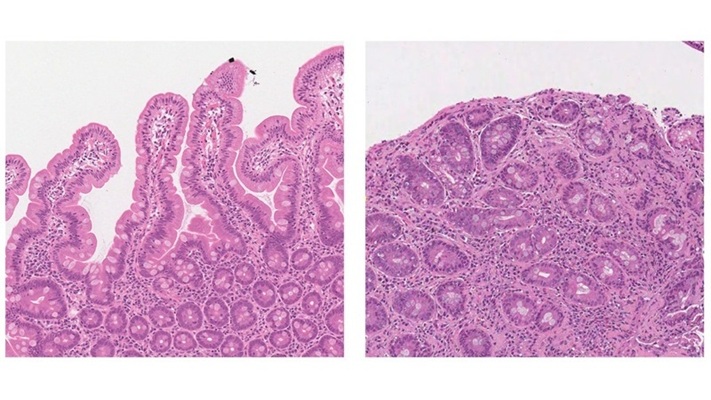
Powerful AI Tool Diagnoses Coeliac Disease from Biopsy Images with Over 97% Accuracy
Coeliac disease is an autoimmune disorder triggered by the consumption of gluten, causing symptoms such as stomach cramps, diarrhea, skin rashes, weight loss, fatigue, and anemia. Due to the wide variation... Read moreTechnology
view channel
Smartphones Could Diagnose Diseases Using Infrared Scans
Rapid advancements in technology may soon make it possible for individuals to bypass invasive medical procedures by simply uploading a screenshot of their lab results from their phone directly to their doctor.... Read more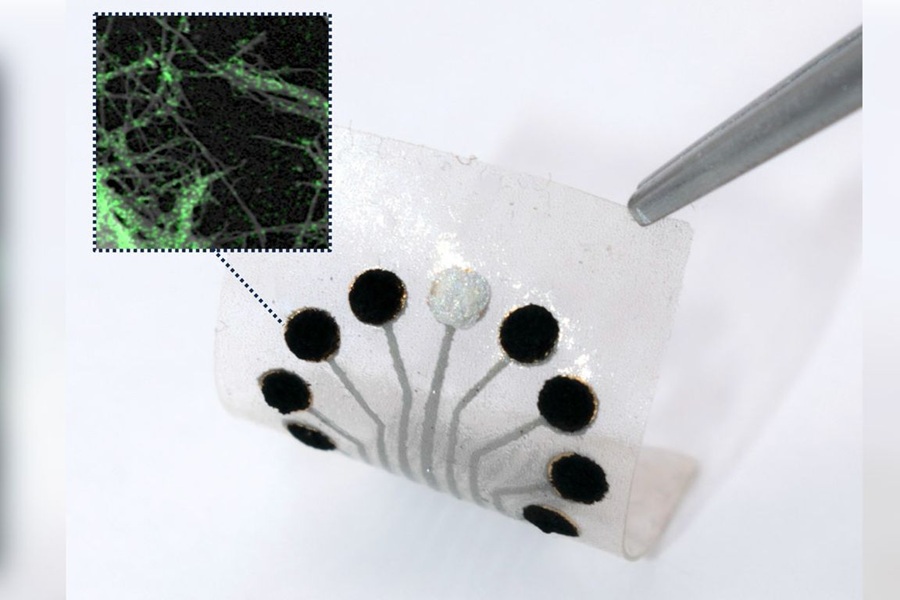
Novel Sensor Technology to Enable Early Diagnoses of Metabolic and Cardiovascular Disorders
Metabolites are critical compounds that fuel life's essential functions, playing a key role in producing energy, regulating cellular activities, and maintaining the balance of bodily systems.... Read more
3D Printing Breakthrough Enables Large Scale Development of Tiny Microfluidic Devices
Microfluidic devices are diagnostic systems capable of analyzing small volumes of materials with precision and speed. These devices are used in a variety of applications, including cancer cell analysis,... Read moreIndustry
view channel
Philips and Ibex Expand Partnership to Enhance AI-Enabled Pathology Workflows
Royal Philips (Amsterdam, The Netherlands) has expanded its partnership with Ibex Medical Analytics (Tel Aviv, Israel) and released the new Philips IntelliSite Pathology Solution (PIPS) to further accelerate... Read more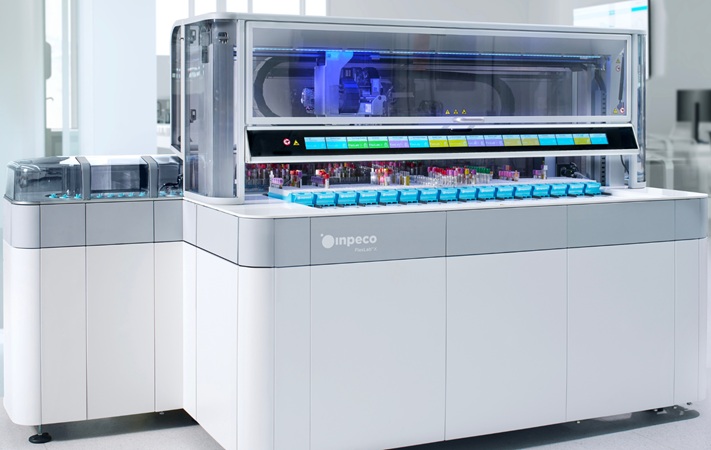
Grifols and Inpeco Partner to Deliver Transfusion Medicine ‘Lab of The Future’
Grifols (Barcelona, Spain), a manufacturer of plasma-derived medicines and innovative diagnostic solutions, has entered into a strategic agreement with Inpeco (Novazzano, Switzerland), a global leader... Read more











